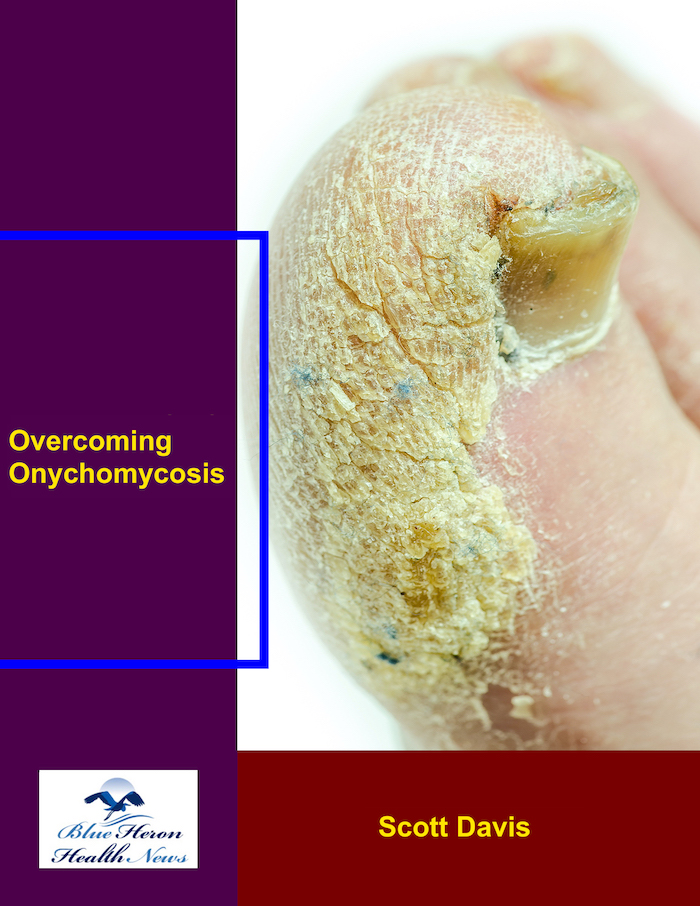
Overcoming Onychomycosis™ By Scott Davis If you want a natural and proven solution for onychomycosis, you should not look beyond Overcoming Onychomycosis. It is easy to follow and safe as well. You will not have to take drugs and chemicals. Yes, you will have to choose healthy foods to treat your nail fungus. You can notice the difference within a few days. Gradually, your nails will look and feel different. Also, you will not experience the same condition again!
What fungi cause onychomycosis?
Onychomycosis is primarily caused by three main types of fungi: dermatophytes, non-dermatophyte molds, and yeasts. Each type has specific fungi that are commonly associated with nail infections. Here’s a breakdown of the fungi responsible for onychomycosis:
1. Dermatophytes
Dermatophytes are the most common cause of onychomycosis, accounting for the majority of cases. These fungi thrive on keratin, a protein found in nails, hair, and skin.
- Trichophyton rubrum
- Prevalence: Trichophyton rubrum is the most common cause of onychomycosis worldwide, especially in distal subungual onychomycosis (DSO).
- Characteristics: It typically causes a slow-spreading infection, leading to thickened, discolored, and brittle nails.
- Trichophyton mentagrophytes
- Prevalence: This is the second most common dermatophyte causing onychomycosis.
- Characteristics: It is often associated with white superficial onychomycosis (WSO) and can cause rapid infection and damage to the nail.
- Epidermophyton floccosum
- Prevalence: Less common than Trichophyton species, but still a significant cause of dermatophyte onychomycosis.
- Characteristics: It typically affects the toenails and is associated with tinea pedis (athlete’s foot).
- Other Dermatophytes
- Trichophyton tonsurans and Microsporum canis can also occasionally cause onychomycosis, though they are more commonly associated with other types of dermatophytosis, such as tinea capitis (scalp ringworm).
2. Non-Dermatophyte Molds
Non-dermatophyte molds are less common causes of onychomycosis but can still lead to significant nail infections, especially in certain geographic regions or in individuals with particular risk factors.
- Scopulariopsis brevicaulis
- Prevalence: Often implicated in cases of distal subungual onychomycosis, particularly in toenails.
- Characteristics: Infections caused by Scopulariopsis can be more difficult to treat and are often resistant to standard antifungal therapies.
- Aspergillus species
- Prevalence: Includes species like Aspergillus niger and Aspergillus fumigatus. These molds are more commonly found in the environment and can occasionally infect nails.
- Characteristics: Nail infections caused by Aspergillus species can result in greenish or blackish discoloration of the nails.
- Fusarium species
- Prevalence: Fusarium is more common in tropical and subtropical regions.
- Characteristics: Infections may present with yellow or brown streaks in the nails, and like other non-dermatophyte molds, they can be challenging to treat.
- Acremonium species
- Prevalence: Rare but can cause onychomycosis, particularly in immunocompromised individuals.
- Characteristics: The infection may cause white or yellowish discoloration and is often associated with poor nail hygiene.
3. Yeasts
Yeasts, particularly Candida species, are another group of fungi that can cause onychomycosis. Yeast infections are more common in fingernails than toenails.
- Candida albicans
- Prevalence: The most common yeast causing onychomycosis, particularly in individuals with chronic paronychia (inflammation of the nail folds) or those with frequent exposure to water.
- Characteristics: Candida infections often present with white, yellow, or brown discoloration of the nails, along with thickening and possible separation from the nail bed.
- Other Candida species
- Candida parapsilosis, Candida tropicalis, and Candida krusei can also cause onychomycosis, though they are less common than Candida albicans.
- Characteristics: These infections generally have similar clinical presentations to Candida albicans and are often associated with immunosuppression or other predisposing factors.
Summary
Onychomycosis is most commonly caused by dermatophytes, particularly Trichophyton rubrum and Trichophyton mentagrophytes. Non-dermatophyte molds like Scopulariopsis brevicaulis and Aspergillus species, as well as yeasts like Candida albicans, can also cause onychomycosis, though they are less common. The type of fungus involved can influence the clinical presentation of the infection and its response to treatment.

Overcoming Onychomycosis™ By Scott Davis If you want a natural and proven solution for onychomycosis, you should not look beyond Overcoming Onychomycosis. It is easy to follow and safe as well. You will not have to take drugs and chemicals. Yes, you will have to choose healthy foods to treat your nail fungus. You can notice the difference within a few days. Gradually, your nails will look and feel different. Also, you will not experience the same condition again!